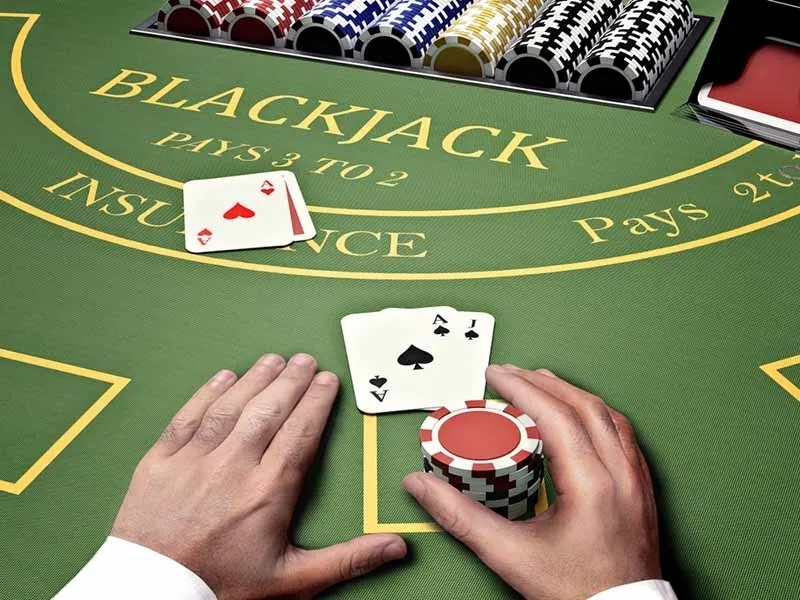Probability is the probability of something happening. It is measured as several zero to 1, where zero indicates impossible and 1 implies assurance. In other words, the greater the likelihood, the more the event will happen a good thing to know while playing gambling games like Qiu Qiu Online. Throughout this post, we’ll use casino-related examples to demonstrate how gambling affects probability.
Casino Applications
Probability is gambling’s core. Casinos have set circumstances with random results, thus your winning probability is readily calculable. The problem is that payment rates tend to correspond with winning odds; the better your chances, the smaller the payoff. This post concentrates on probability, however, when choosing whether to make a bet, you should always factor in payout and house advantage. A good winning shot isn’t a reasonable bet. For a list of common casino games and their regulations, see our games page.
Dice
Probability is simple to calculate in dice games. Each dice may give six results (1-2-3-4-5-6). The likelihood of any single number falling on a six-sided die is 1/6, but when the dice number rises, the likelihood is no longer equal. For this post, we’ll look at Craps with two dice. When using two dice, 36 different combinations may result in any of 11 integers between two and twelve. Not every number, however, has a 1/11 probability. For example, six combinations will yield the number seven (1-6, 2-5, 3-4, 4-3, 5-2, 6-1), making a 7 the most probable number to be rolled (probability=1/6). However, betting on number seven in Craps provides a significant house advantage and the bet is best avoided.
Cards
Common games: blackjack, baccarat
Card games like Qiu Qiu Online, Blackjack and Baccarat are very simple, since just the card’s value counts, not the suit. Games like Poker are more difficult to calculate probability. To just things, we’ll look solely at the likelihood of the hand you’re dealt.
When a single card is dealt with, the value is not mutually exclusive. The likelihood is written as P(V or S)=P(V)+P(S) -P (V and S). For example, if you’re given a single card from a standard card deck, that card’s chances are a face card (J-Q-K), a spade, or both are 12/52 + 13/52 = 3/52 = 11/26, because the 52 card deck contains twelve face cards, thirteen spades, and three both. The three that are both included the twelve face cards and the thirteen spades, but you should count them only once.
If you looked particularly at a single card being dealt, say the Ace of Hearts, you’d apply joint probability: P(A and H)=P(A)P (H). Thus, your initial Ace of Hearts card chances is 4/52 x 13/52=1/52. Once a card is dealt with, it is no longer accessible as a result and must be deducted from the remaining cards. For example, if you were given four cards including one Ace and four hearts, the probability of receiving another Ace OR heart would be 3/48+9/48=1/4. In this instance, we don’t have to account for the heart since it’s already been handled.


